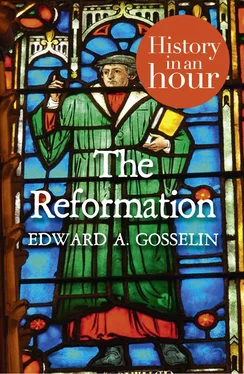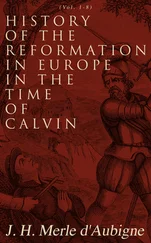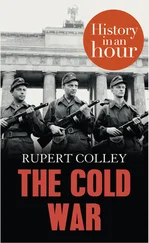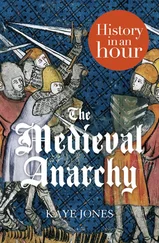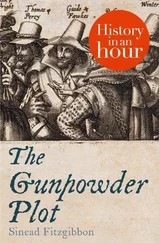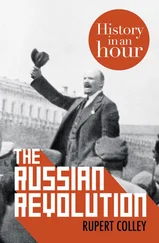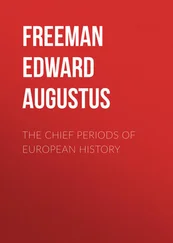131 Years of the Reformation Contents Cover Title Page THE REFORMATION History in an Hour Edward A. Gosselin About History in an Hour Introduction Origins of the Protestant Reformation 131 Years of the Reformation The Sacraments, Heaven and Hell ‘The Third Place’: Purgatory ‘Shortening a Stay in Purgatory’ Early Sixteenth-Century Efforts at Reform Martin Luther Luther’s Interpretation of St Paul Renaissance Popes The Birth of Classical Protestantism The Diet of Worms One Man Alone ‘Infallible Donkey’ and ‘Upstart Heretics’ ‘Preaching the Gospel Purely’ Zwingli v. Luther on the Eucharist Zwingli’s Death The Creation of Sects John Calvin and his ‘Reformed Church’ Anti-Tolerance of Anti-Trinitarianism Hunted Heretic The Spread of Protestantism The End of Choices: The Territorial Churches Protestantism on a European Political Basis The Reformation after 1550 France The Low Countries The Protestant Diaspora How the Protestant Reformation Ended Appendix 1: Key Players Appendix 2: Timeline of the Reformation Copyright Got Another Hour? About the Publisher
The Protestant Reformation, in simple terms, caused a breaking off of many Christians from the original Roman Catholic Church. New churches were formed throughout Europe under the leadership of Luther, Huldreich Zwingli, John Calvin and others. Wars would be fought within and between states over matters of religion, and tens of thousands of Europeans would die in the ensuing conflicts.
Today’s relatively harmonious coexistence among the many Protestant churches and sects as well as between Protestantism and Roman Catholicism belies the hatred that existed between and among them all throughout the sixteenth century.
Luther’s simple act of nailing his writings to a cathedral door began a change in western Europe of such magnitude that it can only be compared to the Scientific Revolution of the seventeenth century. The invention of Gutenberg’s new printing press with movable type (c. 1450) made these two revolutions possible by allowing information and new ideas to spread quickly and far.
The Sacraments, Heaven and Hell The Sacraments, Heaven and Hell ‘The Third Place’: Purgatory ‘Shortening a Stay in Purgatory’ Early Sixteenth-Century Efforts at Reform Martin Luther Luther’s Interpretation of St Paul Renaissance Popes The Birth of Classical Protestantism The Diet of Worms One Man Alone ‘Infallible Donkey’ and ‘Upstart Heretics’ ‘Preaching the Gospel Purely’ Zwingli v. Luther on the Eucharist Zwingli’s Death The Creation of Sects John Calvin and his ‘Reformed Church’ Anti-Tolerance of Anti-Trinitarianism Hunted Heretic The Spread of Protestantism The End of Choices: The Territorial Churches Protestantism on a European Political Basis The Reformation after 1550 France The Low Countries The Protestant Diaspora How the Protestant Reformation Ended Appendix 1: Key Players Appendix 2: Timeline of the Reformation Copyright Got Another Hour? About the Publisher
Ensuring your salvation for an eternity in Heaven so as to avoid eternity in Hell was as important to a believer in the sixteenth century (whether king or commoner) as getting a good crop or transporting your wool to market. According to the Roman Catholic Church, there could be no entrance into Heaven without the Church and its exclusive sacraments which conferred what is known as sanctifying grace.
Take, for example, King Henry IV of France who on 14 May 1610 was stopped in his carriage on a street in Paris, and stabbed in the chest by an assassin. His companions, although sure he was already dead, covered his wounds as he was rushed back to the palace. Laid out on his bed, a priest put his ear to the king’s mouth in order to hear a possible last confession but no sound came from the dead monarch’s mouth. The sacrament of Last Rites could not be performed and it was thus possible, although the Church would never pronounce on the issue, that King Henry never made it to heaven.
By the mid-twelfth century, seven sacraments (the outward acts which give inward, divine grace) had been defined canonically, of which five were for the laity and religious alike. All Roman Catholics were baptized soon after birth, removing the Original Sin (which Adam and Eve had committed after their unfortunate encounter with Satan in the Garden of Eden). They could all receive the sacrament of confession from a priest by which their souls were cleansed of sins committed since baptism. All Catholics could then receive communion (the Eucharist or Lord’s Supper – a replication of Christ’s Last Supper with His Apostles before His crucifixion) from a priest who changed the bread and wine at the celebration of Mass into what was (and is still) believed by Catholics to be: the real Body and Blood of Jesus. They were given the sacrament of confirmation in their teenage years to become adults in and defenders of the Catholic faith. Finally, all Christians could have their souls given a final cleansing, Eucharist, and a last anointing from a priest before death through the sacrament of Extreme Unction.
One of the final two sacraments was for the laity (Marriage) and the other (Holy Orders) for those becoming priests who were then capable of performing the sacrement of Eucharist – changing bread and wine into the real Body and Blood of Jesus for Eucharistic communion. After AD 1139, the Church decreed that priests could not marry, thereby circumventing inheritance disputes within the Church and its properties.
‘The Third Place’: Purgatory ‘The Third Place’: Purgatory ‘Shortening a Stay in Purgatory’ Early Sixteenth-Century Efforts at Reform Martin Luther Luther’s Interpretation of St Paul Renaissance Popes The Birth of Classical Protestantism The Diet of Worms One Man Alone ‘Infallible Donkey’ and ‘Upstart Heretics’ ‘Preaching the Gospel Purely’ Zwingli v. Luther on the Eucharist Zwingli’s Death The Creation of Sects John Calvin and his ‘Reformed Church’ Anti-Tolerance of Anti-Trinitarianism Hunted Heretic The Spread of Protestantism The End of Choices: The Territorial Churches Protestantism on a European Political Basis The Reformation after 1550 France The Low Countries The Protestant Diaspora How the Protestant Reformation Ended Appendix 1: Key Players Appendix 2: Timeline of the Reformation Copyright Got Another Hour? About the Publisher
Salvation should have been accessible for all sixteenth-century Roman Catholics as long as they received these sacraments and did good works. However, as in the case of Henry IV, death might be sudden, leaving serious or, as they were called, mortal sins unconfessed. If you died with unconfessed mortal sins (for example murder or robbery), you certainly wound up in Hell for eternity. God’s judgement upon your death with unconfessed venial (lesser) sins sent you to Purgatory, the ‘Third Place’ as Luther called it.
Purgatory was not an eternal abode, but a place where your soul spent an unknown period of time, undergoing a purging of venial sins such as theft, lying or some minor moral offence. Such purgation through fire could last anywhere from a day to the end of the world, and God never gave clues as to how long a soul would stay in Purgatory. The existence of Purgatory became carefully defined through the authority of thirteenth-century Roman Catholic theologians such as Thomas Aquinas. At the Council of Florence (1439), the Roman Catholic Church decreed Purgatory, and believers saw it as a densely populated place which was nearly impossible to avoid.
We can now see why a real crisis of salvation existed in the early sixteenth century. Christians (and all Christians were Roman Catholics in western Europe) had to keep careful track of all their sins so that they could give an accurate accounting of them at the confessional. It seemed certain that all Christians were sentenced to Purgatory, if not Hell, while only Church martyrs and saints gained immediate entry into Heaven because of their sinless state. But how long were those who were going to be eventually saved going to have to stay in Purgatory? What’s notable about all of this is the notion that humans had some sort of control over the length of time they would have to stay there.
Читать дальше
